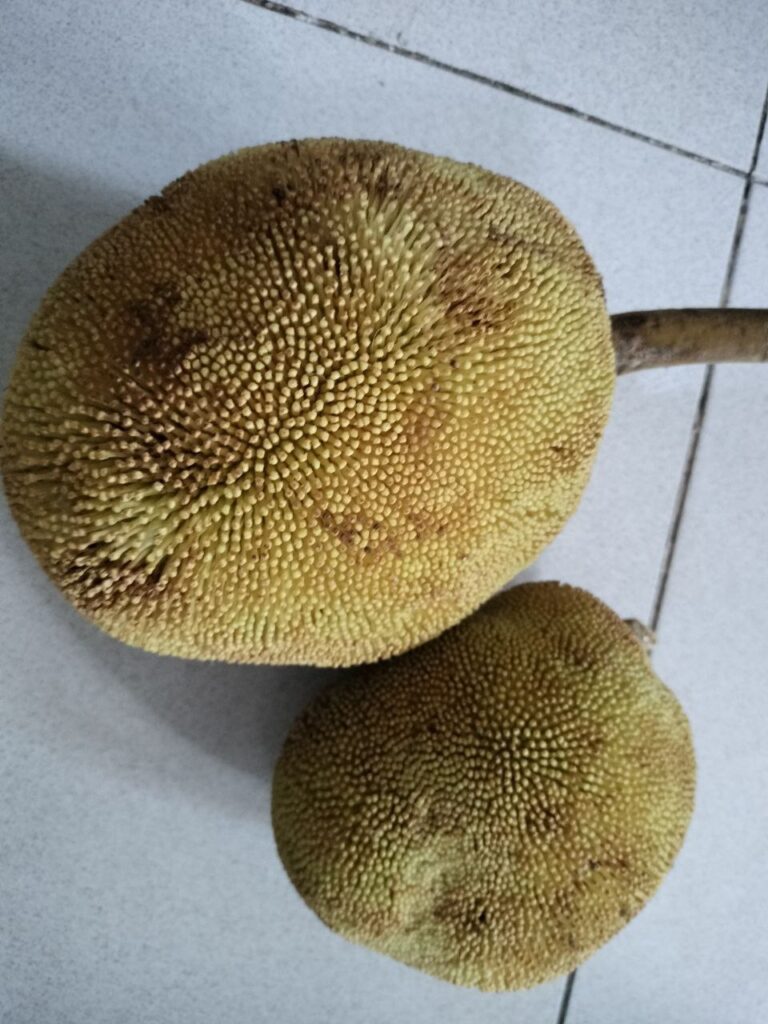This exotic fruit, which resembles a breadfruit, is in season — just like durian, lanzones, rambutan, and santol. A cousin of the jackfruit, Marang has a soft, sweet flesh wrapped in a thick, thorny exterior. It is abundant in the areas of Mindanao, Palawan, Laguna, and Oriental Mindoro. It is easy to propagate Marang, which bears fruit after five years.
They say Marang smells like gasoline but tastes like pears and milk. You know marang is ripe and ready to eat when its aroma starts to waft in the air.

Marang is rich in vitamins and minerals. It helps to relieve constipation because of its fiber and Vitamin C content. Loaded with potassium, marang may help in the condition of the heart. It also helps to address minor anemia because of its iron component. Its Vitamin A and beta-carotene properties may help to work our normal vision properly. Eating marang may also help strengthen the body’s metabolism because it is rich in minerals such as, thiamine, B complex, and niacin. It also helps prevent certain cancers by providing the needed antioxidants that help fight against cancer cells. Marang is good for digestive problems.
If you are diabetic, however, limit consumption of marang as it is sweet and contains lots of carbohydrates eventually broken into glucose. Moderation is key.
But the good news is marang is available everywhere at a low price.

































